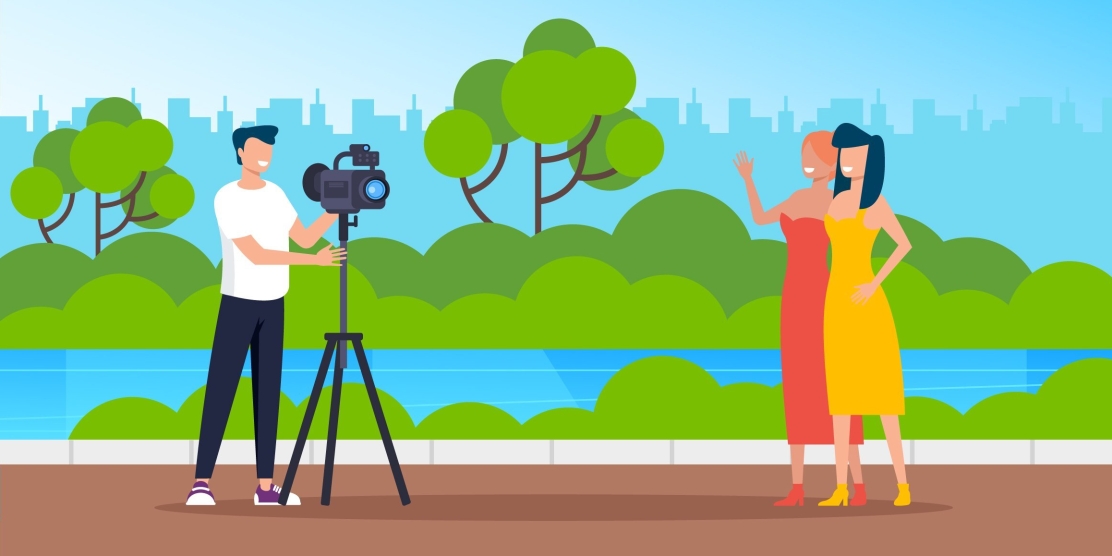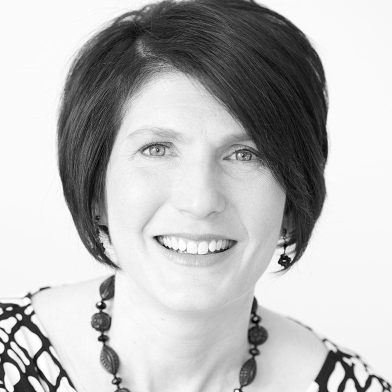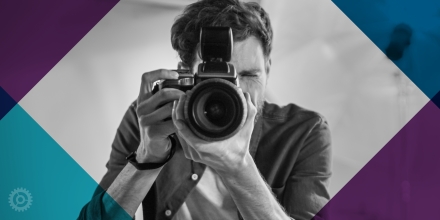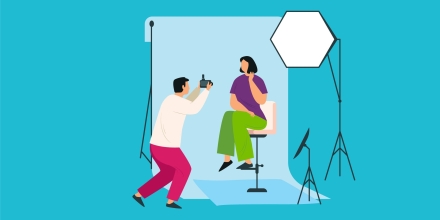
Custom photography can be an incredibly important part of your firm’s marketing. It can also be an expensive undertaking. In my career as a designer and creative director, I have art directed hundreds of photoshoots and hired and collaborated with dozens of photographers. Here are my five top tips to help make your photoshoots run smoothly.
1. Hire the right photographer for the job
The best professional photographers are usually specialists. Before hiring a photographer, look closely at his/her portfolio. Make sure the work you see is representative of the kind of photos you need taken. Consider:
- People, places or things: Photographers who are very experienced working with products may not be good when it comes to interacting with people. Portrait photography requires a special rapport between photographer and subject to get people relaxed and at ease. Location photography may demand specialized equipment not all photographers own. And product photography can be extremely specific depending on the product being shot. Food, for example, may need to be constructed out of non-edible materials to withstand hot lights.
- Studio versus location: If you need portraits taken in your office environment, make sure your photographer is experienced shooting on location rather than in a studio. Or, if you want a very uniform look to all of your portraits (such as full body shots on a bright white background), a studio environment may be a better solution. Not all photographers have studios so one may have to be rented for the shoot.
- Posed versus editorial: Some photographers work more slowly. They like to position people carefully, control the lighting and composition, do many “takes” for each final image, and may only be comfortable scheduling a few shots in a day. Others have a more editorial style. They like to shoot quickly, are happier working with “available light,” use existing environments, make minimal adjustments, do fewer “takes” for each final image, and are used to scheduling lots of shots in a day. If you need photos taken of your people at work, interacting with each other, looking “real” and unposed, make sure your photographer has an editorial style.
2. Get an accurate estimate
Photographers will need the following information to estimate a project:
- Location: Where will the shoot take place? If you have multiple locations, make sure you provide the address of each one. For architectural photos, will the shots need to be taken on a weekend when no people/cars are at the location? Will the photographer reschedule if the weather is not good? If you are having portraits taken, will subjects go to the photographer’s studio, or will the photographer come to your office(s)?
- Number of shots: If you need photos taken of a building, will you need interior as well as exterior shots? Nighttime as well as daytime? For portrait photos, will you need multiple shots of each person? Group shots as well as individual? In general, if you can book a photographer for a full day, you will often get significantly more final photos for your money.
- Retouching: Almost all photos need some retouching. Make sure you ask if retouching is included in the estimate, and exactly how much.
- Files and Ownership: Policies vary widely regarding how images are delivered to you, and your degree of ownership. Some photographers will give you the high-resolution files and grant you full rights to use the images however you choose. Others will charge based on how you plan to use the images (such as on your website) for a certain duration of time (such as 5 years). If you want to use the shots elsewhere, or for a longer time period, you will need to pay additional fees.
3. Prepare for the shoot
A smooth shoot requires lots of preparation. Don’t forget to:
- Schedule: Create a timeline. Make sure you allocate ample time for set-up of lighting and test shots. Include travel with time for parking and loading/unloading of gear. And don’t forget a break for lunch. Reserve conference rooms or the exact spaces necessary for each shoot location.
- Beautify: Have the area professionally cleaned for the shoot including the windows, if necessary. Order flowers for reception areas. Remove the clutter— less is always more with photos.
- Remind: Keep everyone in the loop including the photographer, facilities/maintenance/security staff, and subjects for portraiture. Make sure you get written confirmation from everyone involved, and always send a final reminder again, the day before the shoot letting each person know when and where (exactly) they need to be. Tell people what to wear (see “Wardrobe” below). Also, include your cell phone number so people can contact you if they have a day-of-shoot question or issue.
- Create Layouts: I can’t stress this one enough. Always show the photographer a layout or mock-up of how you plan to use the photo. For example, if the shots will be used on your website, perhaps in your “projects” section or on “bio” pages, send a link so the photographer can see the layout. That way, if the shots need to be horizontal, the photographer will not waste time taking a bunch of vertical shots. I also bring hardcopy print-outs with me to the shoot so I can refer to them and make sure the photos will work in the layout. If you will not be attending the shoot, mail printouts to the photographer so he/she can look at them while shooting.
- Get Permission: If photos will include people, it’s always smart to get their permission, in writing, to use the photos for your firm’s marketing. You can download basic “Photo Release Forms” on Google to bring to the shoot for people to sign.
4. Help make portraits look great
Photos of people can be especially tricky. Most of us hate having our photo taken and get nervous in front of the camera. A good portrait photographer will make subjects feel at ease, guide them through body positioning, facial expression, and hopefully make the experience a fun one. Prior to the shoot, you should prepare subjects so they know what to expect and how to be ready. I always send email a week before (and again the DAY before) with the subject line “How to Prepare for Your Portrait.” I list:
- Wardrobe: Should people wear business suits or more casual attire? Will shoes be in the shot? Let people know, in advance, so they dress appropriately.
- Colors: Solid colors are usually best. Bold patterns can be distracting. I usually recommend neutral colors (black, gray, brown, tan, navy, blue, white, cream) so people do not wear clothes that clash with your brand. If your corporate color is red, for example, tell them not to wear magenta, purple, or green, but to consider wearing red as an accent color.
- Seasonless: Avoid sleeveless tops or woolen jackets and sweaters. Clothes should not look specific to any season so the photo looks appropriate year-round.
- Accessories: Jewelry and accessory items should be kept to a minimum. The emphasis should be on the face, not on a chunky necklace or large earrings. Nothing dates a photo faster than a trendy accessory.
- No wrinkles: Make sure clothing is just-pressed. Tell subjects to bring clothes on hangers and bring a few options if they are not sure what color will look best.
- Styling items: Men should bring a brush or comb and a razor to touch-up just prior to the shoot to avoid “five o’clock shadow.” Ladies should bring makeup, hairbrush and hairspray. And remember toothbrush and toothpaste for a nice bright smile.
5. Lighting is always critical
More than anything, lighting can make or break a photo. Your photographer should be responsible for lighting your shot, but may need some help and guidance. For portraits, are you after a soft, even light, or dramatic, directional lighting? Provide a sample of the look you desire. For building photos, make sure you plan for the best time of day to shoot each location. A building will look very different depending on the sun’s direction, so scope it out or have someone local take quick photos morning, noon and late afternoon so you and the photographer can plan accordingly.
One Last Thing
Finally, here’s one additional tip I strongly recommend if you will be attending and overseeing the shoot. I always require “tethering”. Tethering is a term used in the photo industry for connecting a camera to a computer. When I am art directing a shoot, I find it crucial to see the images large, on a tethered laptop screen. Trying to view tiny images on the camera-back just doesn’t cut it. Tethering is especially critical when taking portraits (or any shots with people in them). For each portrait, I require the subject to review, select and approve his/her final photo before leaving the room. This eliminates the added cost for reshoots, and reduces the expense for processing and retouching multiple images. At most, I let people select their two top favorites if they want to get the opinion of their husband/wife/boss.
By following these steps, your photoshoot will be guaranteed to be successful, and can also be a fun and rewarding experience for you and all involved.
Vanessa’s article first appeared in SMPS Boston’s Outlook, .




